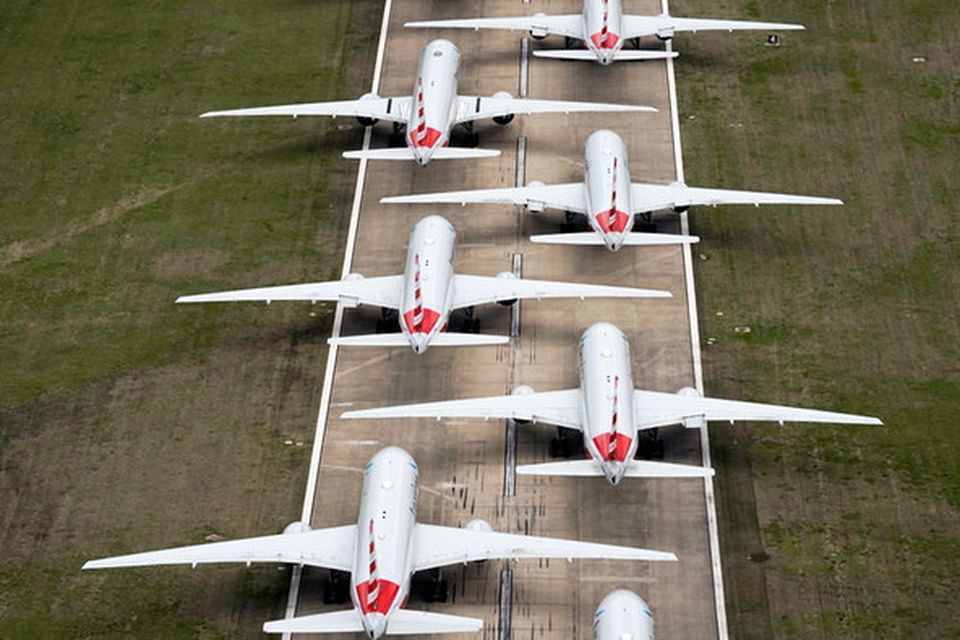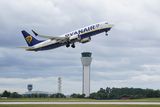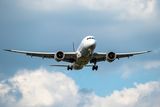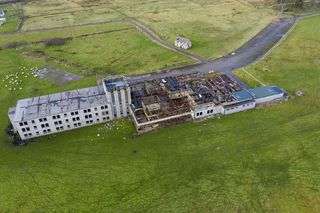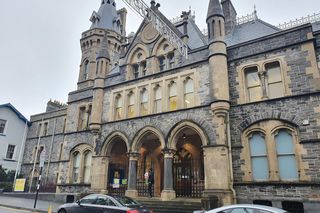Dublin-based jet lessor Avolon says $4trn required to fuel global aircraft fleet growth


AN estimated $4trn (€3.7trn) of capital will be needed by the aviation sector over the next two decades to fund what will be a major expansion of the global aircraft fleet, according to a forecast published by Dublin-based leasing giant Avolon.
With global air passenger traffic likely to return to pre-pandemic levels between this year and next, the expected surge in demand over the next two decades will come against a backdrop of climate change and increased global prosperity. Most of the world’s population has never flown.
The International Air Transport Association (IATA) predicted last week that 4.35 billion trips will be made by people on commercial aircraft this year, compared with 4.54 billion in 2019.
Avolon, one of the world’s biggest aircraft lessors, pointed out in its World Fleet Forecast that air travel demand has doubled every 15 years since airline deregulation gathered momentum in the late 1970s.
“As airlines have grown, capacity has surged,” its report notes. “The relationship between GDP and air traffic has remained consistent, with revenue passenger kilometres (RPKs) growing 1.7 times the rate of GDP between 2000 and 2019.”
RPKs are an airline industry standard measurement of the number of kilometres travelled by paying passengers.
But Avolon also acknowledged that passenger demand will rise by about 3.5pc per annum over the next 20 years – slower than the 5pc to 6pc growth seen in the previous two decades. The slowdown, it says, is due to the reduced potential for further deregulation to drive growth and higher airfares because of aircraft supply shortages, as well as increasing sustainability levies.
Avolon, whose chief executive is Andy Cronin, has predicted that the number of large commercial passenger jets in service around the world will double to 46,880 by 2042, marking an annual growth rate of 3.4pc.
The number of narrowbody aircraft will more than double to 34,320, Avolon believes. That represents an annual growth rate of 3.4pc. Avolon has forecast that there will be 7,480 widebody jets in service by 2042 – a 3.4pc annual increase.
Avolon forecasts that there will be 44,300 new passenger aircraft deliveries in the next 20 years. Of those, 22,700, or 51pc, are expected to accommodate fleet growth while 21,600 will enable fleet replacement.
“Whilst new challenges need to be tackled, the underlying fundamentals that will drive aviation’s growth are apparent and backed by historical precedent: population growth, an increasing proportion of middle-to-high income countries, increasing propensity to travel with growing disposable income, operational and technological improvements that have continuously reduced the real cost of air travel,” according to Avolon’s long-term outlook.
It said that the trillions of dollars needed over the next two decades will fund the transition to new-technology, lower emissions aircraft, and help to drive the supply of sustainable aviation fuel and explore new designs that “pioneer alternative energy sources”.
“Aircraft lessors will play a key role in accelerating fleet renewal, and a growing industry will attract the capital required to hit aviation’s net zero target by 2050,” Avolon believes.
